PERSPECTIVE: Back to School—Don’t Forget Your Child’s Mental Health
/by Rachel Papke Back to school time is upon us. Parents are scurrying around shopping for back to school deals for their children—clothes, school supplies, and more. For parents with college-aged students the prep-work is more extensive: purchasing dorm room items and packing boxes to start. There are long “to-do” lists, calendar updates, alerts, reminders—a whirlwind of things to do to ensure that your child is ready for the school year. But what actions are you taking to check-in on your child’s mental health?
First, familiarize yourself with the symptoms of a mental health condition by accessing these mental health screening tools.
According to the Center for Disease Control and Prevention, 1 in 5 young adults has a diagnosable mental health disorder, yet most are not receiving help. If left untreated, the risk for suicide increases. Suicide is the second leading cause of death for persons aged 15-24. With suicide rates at their highest in 30 years, prevention programs like those of the Jordan Porco Foundation need your support more than ever to help save young adult lives.
First-Year College Students
Majority of U.S. first-year college students feel underprepared emotionally for college. 65% said they tended to keep their feelings about the difficulty of college to themselves, 60% of students wish they had gotten more help with emotional preparation for college, and 87% of students said college preparation during high school focused more on academics than emotional readiness.1 These statistics are striking and we need to fill the gap to combat these statistics.
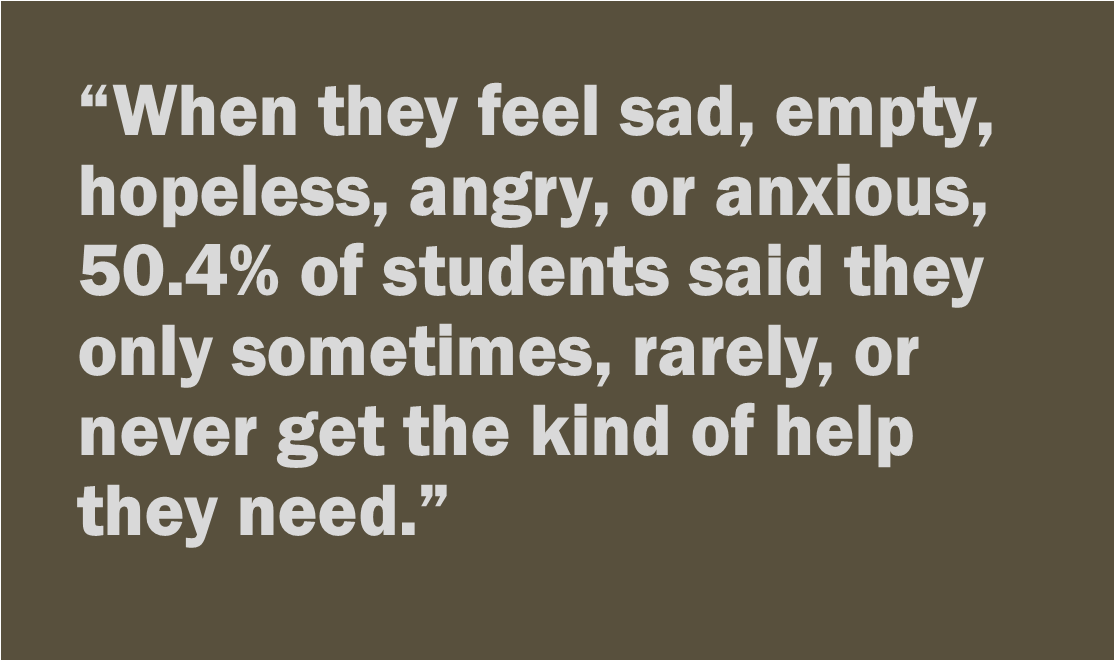 Connecticut Statistics
Connecticut Statistics
During the past 12 months, 26.6% of Connecticut high school students felt so sad or hopeless almost every day for two weeks or more in a row that they stopped doing some usual activities. This is suggestive of clinical depression, meaning that more than a quarter of high school students should be receiving treatment for depression or depressive symptoms.
When they feel sad, empty, hopeless, angry, or anxious, 50.4% of students said they only sometimes, rarely, or never get the kind of help they need. Talk your children, listen, and validate their feelings.
18.5% of CT high school students did something to purposely hurt themselves without wanting to die, such as cutting or burning themselves on purpose, within the past year. If your child displays the signs and symptoms of self-injury, you should consult a mental health professional with self-injury expertise. Learn more, here .
13.4% of Connecticut high school students seriously considered suicide in the past 12 months. It’s more common than you think, and it may well be your child or one of their friends. For more information about the warning signs of suicide visit our Nine out of Ten website.
Stay informed and attuned to any changes in behavior. Keep the mission of the Jordan Porco Foundation, the Hartford, CT-based non-profit, at the forefront to help you in your discussions.
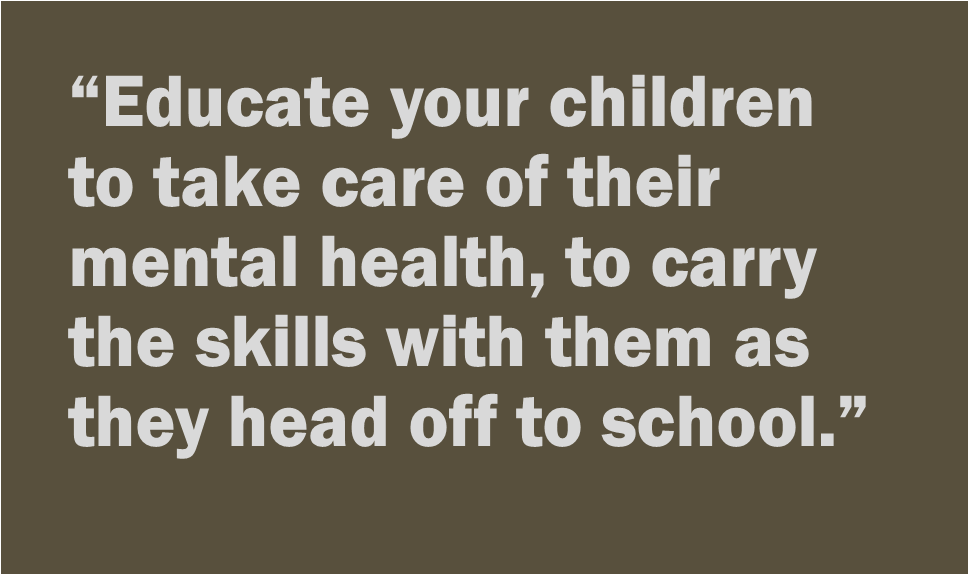 The mission of the Jordan Porco Foundation is to prevent suicide, promote mental health, and create a message of hope for young adults.
The mission of the Jordan Porco Foundation is to prevent suicide, promote mental health, and create a message of hope for young adults.
To accomplish this, they:
Help challenge stigma by talking openly about mental health issues
Offer engaging and uplifting programming, emphasizing peer-to-peer messaging
Promote help seeking behavior, self-care, and coping skills
Educate about the risk factors and warning signs of suicide and other related mental health concerns
They do this in the name and spirit of Jordan Porco, who died by suicide in 2011. They’re in it for life every day. Saving lives is the heart and soul of their cause. Mental health needs a voice: you are that voice; we are that voice.
Work to create a message of hope for your children. Encourage open, honest conversations about mental health. Talk about feelings. Listen to your children and know what mental health resources are available in your area and at school. Educate your children to take care of their mental health, to carry the skills with them as they head off to school. Help them understand that they are not alone—where there is help, there is hope.
_________________________________
Rachel Papke is Communications Coordinator for the Jordan Porco Foundation. She may be contacted at (860) 904-6041 or rachel@rememberingjordan.org. Learn more about the Jordan Porco Foundation at www.rememberingjordan.org
PERSPECTIVE commentaries by contributing writers appear each Sunday on Connecticut by the Numbers.
Also of interest: Creating a Message of Hope for Young Adults
1 – The “First-Year College Experience Survey” was commissioned by the JED Foundation, Partnership for Drug-Free Kids, and the Jordan Porco Foundation, and conducted online by the Harris Poll among 1,502 U.S. college freshmen between March 25 and April 17, 2015. Survey respondents were students 17-20 years old in the second term of their first year at college, and attending some classes in person at a 2-year or 4-year college. For complete survey methodology, including weighting variables and subgroup sample sizes, visit www.SettoGo.org.









 The New Haven Register
The New Haven Register 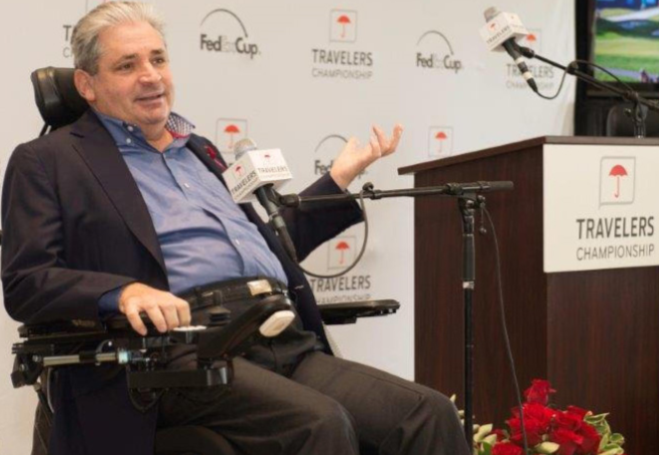

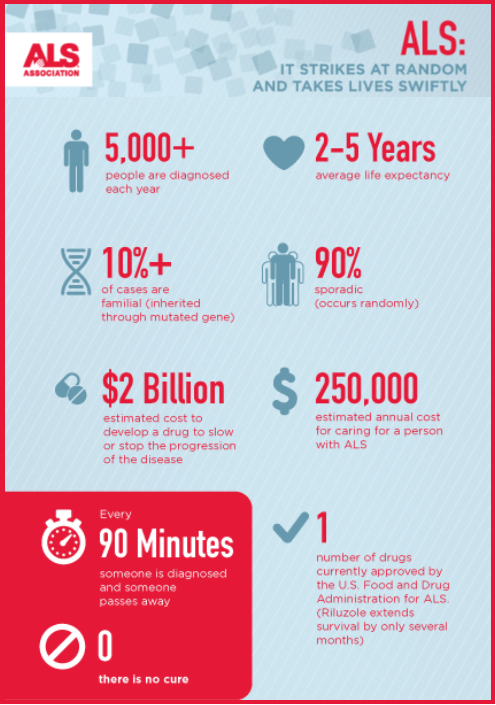





 However, it is not just the alienation of population groups from each other that concerns me. I have spent much of the last twenty years in South Africa and one of the things I learned is that enduring reconciliation is not possible without eliminating historical illusions, dismantling deceptions and coming to grips with mis-teachings.
However, it is not just the alienation of population groups from each other that concerns me. I have spent much of the last twenty years in South Africa and one of the things I learned is that enduring reconciliation is not possible without eliminating historical illusions, dismantling deceptions and coming to grips with mis-teachings. vided millions of dollars for relief and governments provided billions for recovery, neither sector provided very much for reform. And yet it is this third stage that can have the most enduring impact. It can help sustain the public attention to what remains to be done and it can help change policies and practices that may have contributed to the disaster in the first place.
vided millions of dollars for relief and governments provided billions for recovery, neither sector provided very much for reform. And yet it is this third stage that can have the most enduring impact. It can help sustain the public attention to what remains to be done and it can help change policies and practices that may have contributed to the disaster in the first place. I wrote my recently published book because I wanted the reader to imagine what the future community would be like if each of us were able to say “I want to be me without making it difficult for you to be you.”
I wrote my recently published book because I wanted the reader to imagine what the future community would be like if each of us were able to say “I want to be me without making it difficult for you to be you.” Just over three years ago, NBC Sports launched a new state-of-the-art 300,000 square foot facility headquartered in Stamford, on a thirty-three acre campus (formerly the home of Clairol). The facility brought NBC Sports, NBC Sports Network, NBC Olympics, NBC Sports Digital, and NBC Regional Networks all under one roof. Connecticut’s First Five program, providing financial incentives to major business entities to relocate to the state, helped get the deal done. At the ribbon cutting for the facility in July 2013, just off exit 9 along I-95, NBC Sports Group Chairman Mark Lazarus said it was “built for every conceivable media platform, known today or yet to be built or conceived.”
Just over three years ago, NBC Sports launched a new state-of-the-art 300,000 square foot facility headquartered in Stamford, on a thirty-three acre campus (formerly the home of Clairol). The facility brought NBC Sports, NBC Sports Network, NBC Olympics, NBC Sports Digital, and NBC Regional Networks all under one roof. Connecticut’s First Five program, providing financial incentives to major business entities to relocate to the state, helped get the deal done. At the ribbon cutting for the facility in July 2013, just off exit 9 along I-95, NBC Sports Group Chairman Mark Lazarus said it was “built for every conceivable media platform, known today or yet to be built or conceived.”

 iveness of social media. In addition, ratings from the Opening Ceremonies on NBC television were down substantially from the London Games. But that seems to have been the floor, not the ceiling, for viewership levels.
iveness of social media. In addition, ratings from the Opening Ceremonies on NBC television were down substantially from the London Games. But that seems to have been the floor, not the ceiling, for viewership levels.
 running in communities including Hartford, New Britain, Trumbull, Bethel, Stamford, Norwalk, Manchester, Milford, Danbury, New Milford, Ridgefield, Brookfield, Wallingford. Another is expected soon in East Haven.
running in communities including Hartford, New Britain, Trumbull, Bethel, Stamford, Norwalk, Manchester, Milford, Danbury, New Milford, Ridgefield, Brookfield, Wallingford. Another is expected soon in East Haven.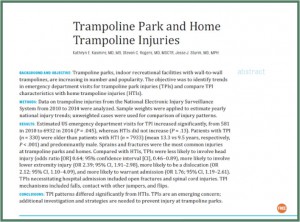 s," the organization said following publication of the study.
s," the organization said following publication of the study.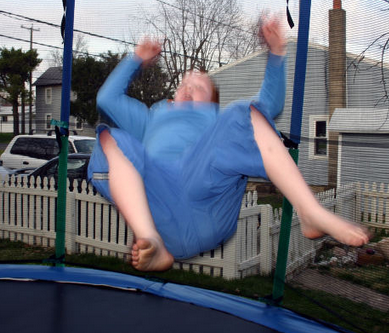
 mong the top ten "best value" schools.
mong the top ten "best value" schools.



























